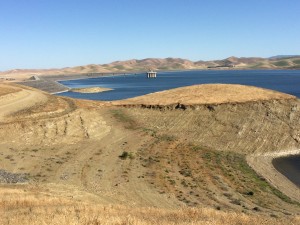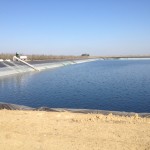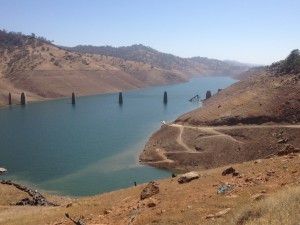It is not news that California is in its 4th year of a very serious drought. Lack of snow pack within the Sierra Nevada Mountains (lowest on record) indicates that minimal water will be flowing into the reservoirs. In response, severe water cut backs have been occurring in the State, Federal, and locally managed irrigation districts.
So what does it mean when a farmer received a reduced water allocation? Although pretty straight forward – it means that the farmer receives less surface water than what is normally provided from these projects. It is usually a percent reduction or fixed allocation (e.g. Turlock Irrigation District is delivering 18 inches this year). This doesn’t mean, however, that they aren’t able to utilize water from exchanges, open market, or from groundwater. Water from these routes can be bought or pumped if possible. Not all ground, however, has the ability to access water through these channels. For example, if the farm is located upstream, it is not possible – without a feat of engineering – to pump water against the flow of gravity. In this case, water can only be delivered if the farm is downstream from the source. Continue reading





Recent Comments